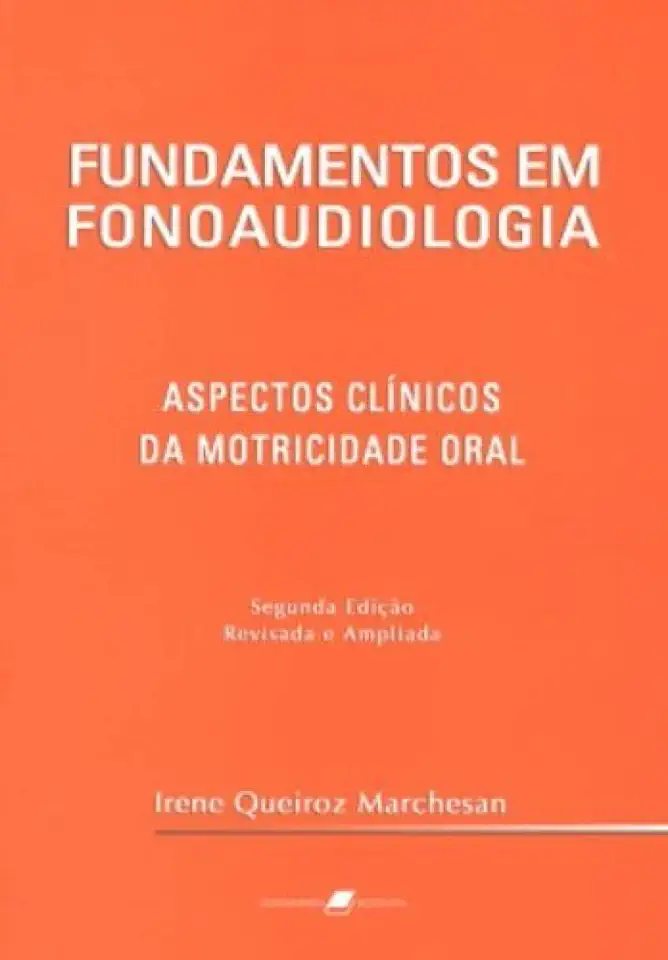
Fundamentals of Speech-Language Pathology - Clinical Aspects of Oral Motor Skills - Irene Queiroz Marchesan
Fundamentals of Speech-Language Pathology: Clinical Aspects of Oral Motor Skills
Introduction
Speech-language pathology is a field of study that focuses on the prevention, assessment, and treatment of communication disorders. Oral motor skills are a fundamental part of communication, and impairments in these skills can have a significant impact on a person's ability to communicate effectively.
This book provides a comprehensive overview of the clinical aspects of oral motor skills, including the anatomy and physiology of the oral motor system, the assessment of oral motor skills, and the treatment of oral motor disorders.
Anatomy and Physiology of the Oral Motor System
The oral motor system is a complex system of muscles, nerves, and bones that work together to produce speech sounds. The muscles of the oral motor system are responsible for moving the lips, tongue, and jaw, and the nerves of the oral motor system control the coordination of these movements.
Assessment of Oral Motor Skills
The assessment of oral motor skills is an important part of the diagnostic process for communication disorders. Speech-language pathologists use a variety of assessment tools to evaluate oral motor skills, including:
- Oral motor exams: These exams assess the structure and function of the oral motor system.
- Speech sound production tests: These tests assess a person's ability to produce speech sounds.
- Functional assessments: These assessments evaluate a person's ability to use oral motor skills for functional activities, such as eating and drinking.
Treatment of Oral Motor Disorders
There are a variety of treatment options available for oral motor disorders. Speech-language pathologists may use a variety of techniques to treat oral motor disorders, including:
- Oral motor exercises: These exercises are designed to strengthen the muscles of the oral motor system and improve coordination.
- Speech therapy: Speech therapy can help people learn to produce speech sounds correctly.
- Functional therapy: Functional therapy can help people learn to use oral motor skills for functional activities, such as eating and drinking.
Conclusion
Oral motor skills are a fundamental part of communication, and impairments in these skills can have a significant impact on a person's ability to communicate effectively. This book provides a comprehensive overview of the clinical aspects of oral motor skills, including the anatomy and physiology of the oral motor system, the assessment of oral motor skills, and the treatment of oral motor disorders.
This book is an essential resource for speech-language pathologists, students, and other professionals who work with individuals with communication disorders.